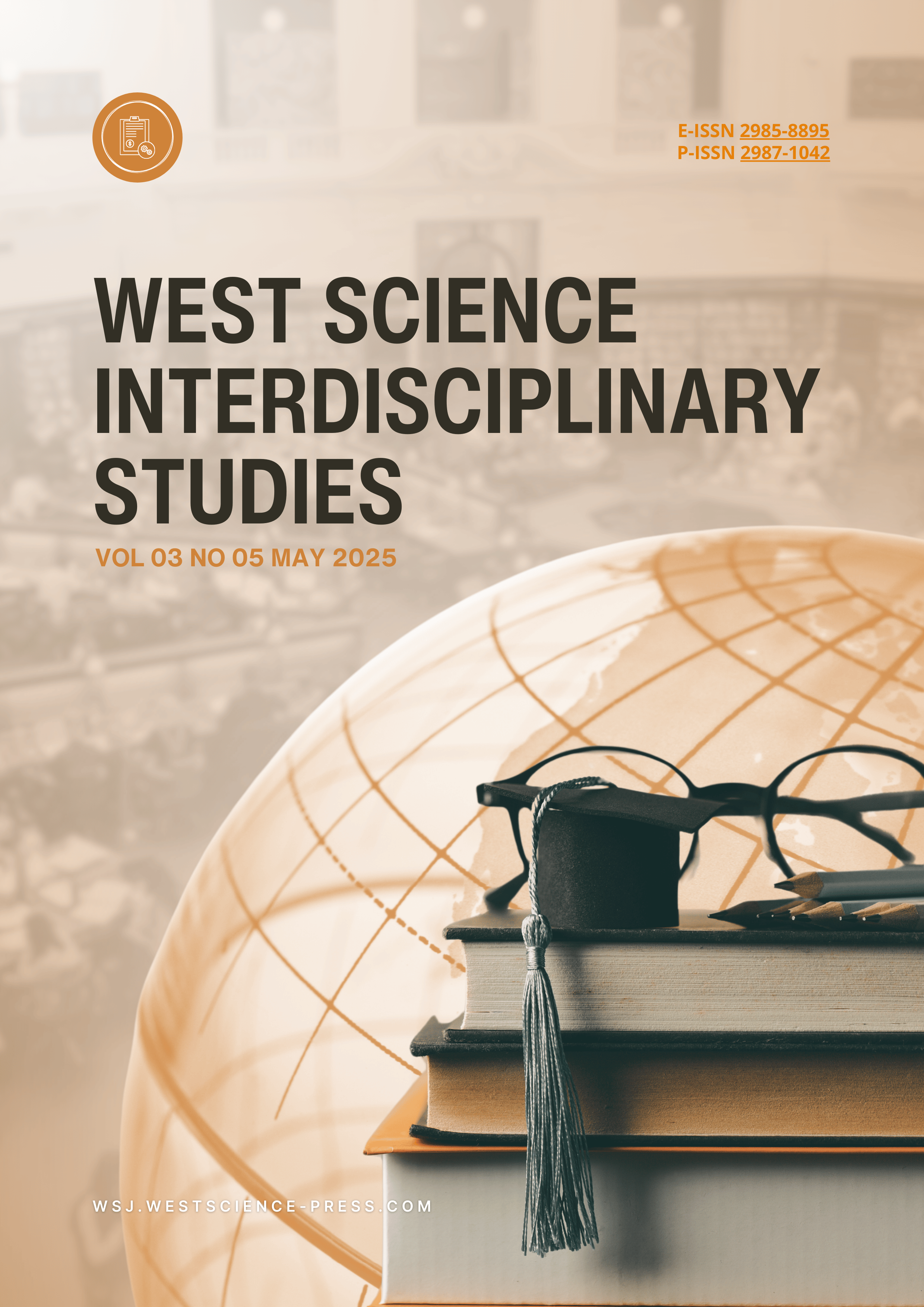Determinants of Formal Sector Labor Absorption in West Nusa Tenggara in 2023
DOI:
https://doi.org/10.58812/wsis.v3i05.1882Keywords:
Labor Absorption, Formal Sector, Wages, Education, Working HoursAbstract
In the province of West Nusa Tenggara, the purpose of this study is to investigate the extent to which salary levels, educational levels, and working hours have an impact on the capacity of the formal sector to absorb labor. From 2013 to 2023, this analysis makes use of secondary data in the form of time series derived from publications by the Bureau of Public Statistics. This research was conducted utilizing the OLS (ordinary least square) approach, which was carried out with the help of the Eviews 12 software. According to the findings of the research, the influence of independent variables on the dependent variable only accounts for 99.5% of the total, while the remaining 5% is influenced by other variables that are not related to this study. It is possible to draw the conclusion that the salary level variable has a positive and substantial influence on the formal sector labor absorption variable in NTB. On the other hand, the education level and working hours variables do not have a positive and significant effect on this variable. At the same time, it is possible to draw the conclusion that the salary level variable has a substantial influence simultaneously (at the same time), whereas the education level and working hours variables do not have an effect and are not significant on the capacity of the formal sector to absorb labor in NTB.
References
[1] D. A. Neka, S. U. Sentosa, and H. Aimon, “Analisis Kesempatan Kerja Sektor Formal Di Indonesia,” J. Kaji. Ekon., vol. 3, no. 6, 2015.
[2] N. H. Bustam, “Pengaruh jumlah unit, pdb dan investasi umkm terhadap penyerapan tenaga kerja di indonesia periode 2009-2013,” Kutubkhanah, vol. 19, no. 2, pp. 250–261, 2016.
[3] A. Kurniawan and S. Aisyah, “Determinan Penyerapan Tenaga Kerja Di Provinsi Jawa Barat Tahun 2017-2021,” SEIKO J. Manag. Bus., vol. 6, no. 1, pp. 198–207, 2023.
[4] T. K. Sari, “Determinan Penyerapan Tenaga Kerja di Indonesia Tahun 2007-2016,” 2017.
[5] D. J. Rachbini and A. Hamid, “Ekonomi informal perkotaan: gejala involusi gelombang kedua,” (No Title), 1994.
[6] D. L. R. ARIANDANI, “DAMPAK SOSIAL EKONOMI DARI PEKERJAAN SEKTOR INFORMAL YANG DILAKUKAN OLEH PENSIUNAN PNS DI KABUPATEN MADIUN,” 2006.
[7] S. Sukirno, “Teori mikro ekonomi,” Cetakan Keempatbelas, Jakarta PT Raja Graf. Persada, 2002.
[8] J. H. Purnomo, “Uang Dan Moneter Dalam Sistem Keuangan Islam,” J. Sharia Econ., vol. 1, no. 2, pp. 80–100, 2019.
[9] A. A. A. P. Mangkunegara, “Perencanaan dan Pengembangan SDM, Penerbit PT,” Refika Aditama, Bandung, 2003.
[10] T. Effendi, “Permenpan No PER/66/M,” PAN, 2005.
[11] B. Bramanto and A. R. P. Saputra, “Pengaruh Kompensasi Dan Jam Kerja Fleksibel Terhadap Kinerja Mitra Driver Dengan Motivasi Kerja Sebagai Variabel Intervening Studi Pada PT. Gojek Indonesia Di Yogyakarta,” J. Manag. Econ. Account., vol. 1, no. 1, 2022.
[12] M. Abdullah, “Metode penelitian kuantitatif.” Aswaja pressindo, 2015.
Downloads
Published
Issue
Section
License
Copyright (c) 2025 Ridho Ramdani, St. Maryam, Akung Daeng

This work is licensed under a Creative Commons Attribution-ShareAlike 4.0 International License.
























 Instagram
Instagram 